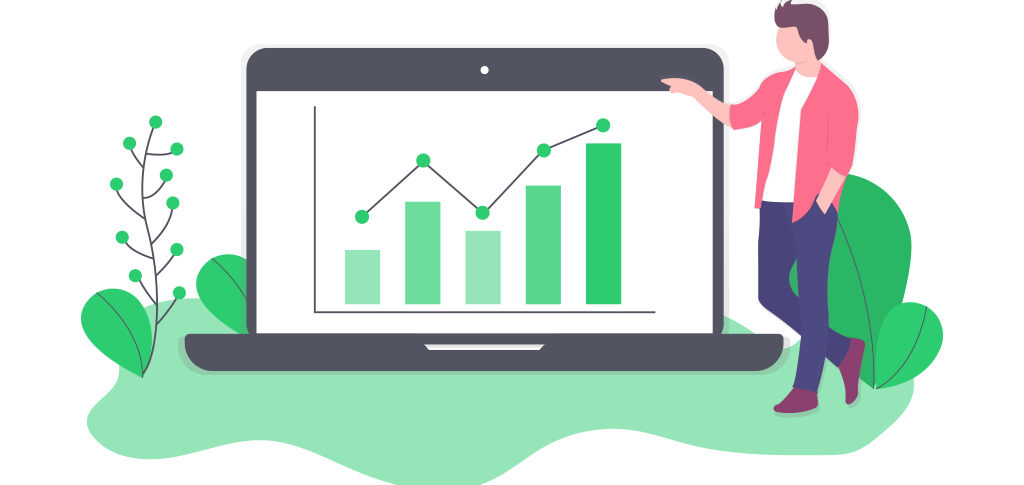Decoding Product Analytics: A Data Scientist's Perspective
PRODUCT ANALYTICS


In the digital age, product development and optimization have taken center stage. Every click, swipe, and interaction generates data, offering valuable insights into user behavior and product performance. Enter Product Analytics, a data-driven approach that allows organizations to unravel the mysteries of user engagement, improve product features, and drive growth. In this deep dive, we'll explore the intricate world of Product Analytics from a data scientist's perspective.
The Essence of Product Analytics
Product Analytics is the systematic analysis of user data generated during interactions with a digital product. It encompasses a wide array of activities, from tracking user engagement to evaluating feature adoption, with the ultimate goal of enhancing the product and user experience. Key facets of Product Analytics include:
1. Data Collection
The journey begins with data collection. Product Analytics relies on gathering granular data points about user interactions within the product. This encompasses user actions, such as clicks, page views, and transactions, as well as demographic and contextual information.
2. Data Processing and Storage
Once collected, the data must be processed, cleaned, and stored in a format suitable for analysis. Data engineers and scientists work together to ensure data quality and reliability.
3. Exploratory Data Analysis (EDA)
EDA involves exploring the data to gain initial insights. Data scientists use statistical techniques and visualization tools to uncover patterns, anomalies, and correlations within the data.
4. Hypothesis Testing
Hypothesis testing is a fundamental part of Product Analytics. Data scientists formulate hypotheses about user behavior and then test these hypotheses using statistical methods. For example, they might test whether a new feature leads to increased user engagement.
5. A/B Testing
A/B testing, or split testing, is a common practice in Product Analytics. It involves comparing two versions of a product or feature (A and B) to determine which performs better. Data scientists design experiments, collect data, and analyze results to inform product decisions.
6. Predictive Modeling
Predictive modeling uses historical data to make future predictions. In Product Analytics, this can be applied to forecast user behavior, customer churn, or revenue growth.
7. Product Optimization
Based on insights derived from data analysis, Product Analytics guides product managers and developers in optimizing the product. This might involve tweaking user interfaces, adding new features, or redefining user journeys.
Key Metrics in Product Analytics
To unravel the story hidden in the data, data scientists and product teams rely on various key metrics:
1. User Engagement Metrics
Active Users: The number of users who interact with the product within a specific timeframe.
Session Duration: The average time users spend in a session.
Bounce Rate: The percentage of users who leave the product after viewing just one page or taking no action.
2. Conversion Metrics
Conversion Rate: The percentage of users who complete a desired action, such as signing up or making a purchase.
Funnel Analysis: Tracking users' progress through a predefined series of steps, such as a registration process or a checkout flow.
3. Retention Metrics
User Retention: Measuring how many users return to the product over time.
Churn Rate: The rate at which users stop using the product.
4. Revenue Metrics
Average Revenue Per User (ARPU): The average revenue generated by each user.
Customer Lifetime Value (CLTV): The predicted revenue a customer will generate over their lifetime as a user.
5. Feature Adoption Metrics
Feature Adoption Rate: The percentage of users who use a specific product feature.
Feature Usage Frequency: How often users engage with a particular feature.
Advanced Techniques in Product Analytics
In the ever-evolving landscape of Product Analytics, data scientists employ advanced techniques to extract deeper insights:
1. Cohort Analysis
Cohort analysis involves grouping users by shared characteristics or behaviors and studying their interactions with the product over time. This helps identify trends and patterns specific to different user segments.
2. User Segmentation
User segmentation divides the user base into distinct groups based on demographics, behaviors, or other criteria. This enables highly targeted marketing and product development.
3. Machine Learning and AI
Machine learning models are applied to predict user behavior, personalize user experiences, and automate decision-making processes. For instance, recommendation engines use AI algorithms to suggest products or content based on user preferences.
4. Natural Language Processing (NLP)
NLP is used to analyze and derive insights from unstructured data sources like customer reviews, chat logs, and social media conversations. Sentiment analysis, for example, helps gauge user sentiment and opinions.
The Impact of Product Analytics
The integration of Product Analytics into an organization's DNA can lead to transformative outcomes:
1. Informed Decision-Making
Data-driven insights inform strategic decisions, allowing organizations to allocate resources effectively and prioritize product improvements that resonate with users.
2. Enhanced User Experience
Understanding user behavior helps optimize product design and usability, leading to a more satisfying and user-friendly experience.
3. Improved Customer Retention
Identifying factors that influence customer churn enables organizations to implement strategies to retain users and build long-term relationships.
4. Revenue Growth
Optimizing product features, pricing strategies, and marketing efforts can lead to increased revenue and profitability.
5. Competitive Advantage
Organizations that harness the power of Product Analytics gain a competitive edge by responding rapidly to market changes and user preferences.
Challenges and Ethical Considerations
Product Analytics comes with its share of challenges:
Data Privacy: Ensuring user data privacy and compliance with regulations like GDPR is paramount.
Data Quality: Garbage in, garbage out. Poor data quality can lead to incorrect conclusions.
Bias and Fairness: Biased data or algorithms can perpetuate inequalities and result in unfair outcomes. Ethical considerations are vital.
Conclusion
Product Analytics is the compass that guides organizations through the dynamic landscape of digital products. With data as its fuel and data scientists as its navigators, it empowers businesses to create more engaging, user-centric, and profitable products. As the digital realm continues to evolve, the role of Product Analytics and the data scientists who master it will only become more central to success.
